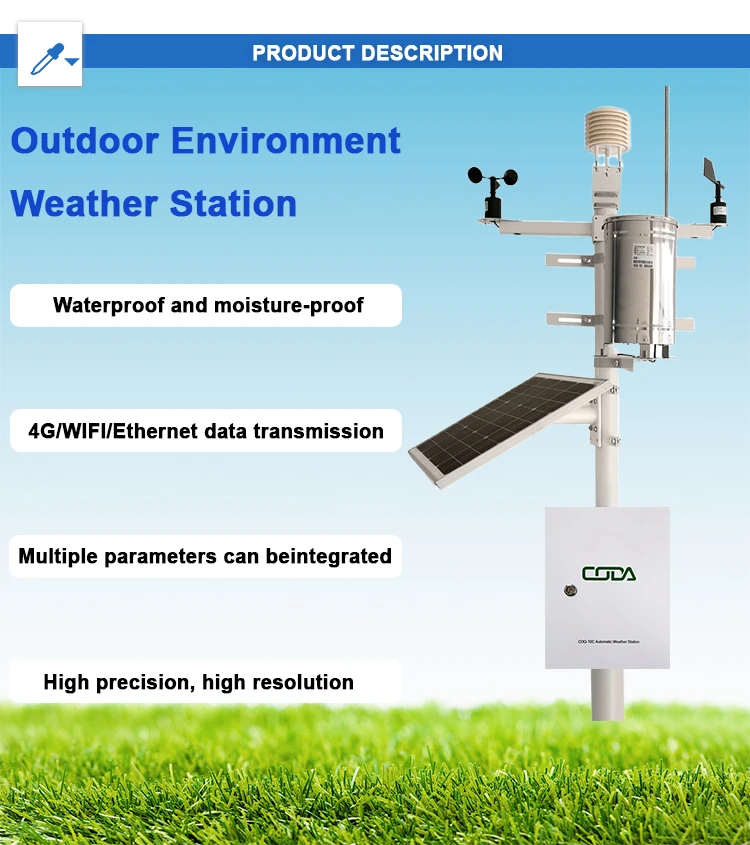
# The Pros and Cons of Automatic Weather Stations
## Introduction
Automatic weather stations (AWS) have revolutionized the way we collect and analyze meteorological data. These self-contained units provide continuous monitoring of various weather parameters without constant human intervention. While they offer numerous benefits, they also come with certain limitations that users should consider.
## Advantages of Automatic Weather Stations
### 1. Continuous Data Collection
One of the primary advantages of AWS is their ability to collect data 24/7 without interruption. Unlike manual stations that require human observers, automatic systems can:
– Record measurements at precise intervals (often every minute)
– Operate in remote or hazardous locations
– Function during nights, weekends, and holidays
### 2. Improved Accuracy
Modern AWS units feature high-quality sensors that minimize human error:
– Eliminate observer bias in readings
– Reduce transcription mistakes
– Provide consistent measurement techniques
### 3. Real-time Data Availability
Many AWS systems offer:
– Immediate transmission of weather data
– Remote access via internet or satellite
– Automated alerts for extreme conditions
### 4. Cost Efficiency Over Time
While initial investment can be significant, AWS typically:
– Reduce labor costs associated with manual observations
– Minimize travel expenses for remote sites
– Lower maintenance requirements compared to manual stations
## Disadvantages of Automatic Weather Stations
### 1. High Initial Costs
Setting up an AWS involves substantial expenses:
– Purchase of specialized equipment
– Installation and calibration costs
– Infrastructure for data transmission
### 2. Technical Challenges
AWS systems can present several technical issues:
– Sensor drift over time requiring recalibration
– Vulnerability to extreme weather damage
– Power supply issues in remote locations
### 3. Limited Maintenance Capabilities
When problems occur:
– Technical expertise may be required for repairs
– Remote locations make servicing difficult
– Component failures can cause data gaps
### 4. Data Quality Concerns
Potential data issues include:
– Sensor malfunctions going undetected
– Lack of human verification of unusual readings
– Potential for missing subtle weather phenomena
## Conclusion
Automatic weather stations represent a significant advancement in meteorological observation, offering unparalleled consistency and accessibility of weather data. However, their implementation requires careful consideration of costs, maintenance needs, and potential data quality issues. For many applications, the benefits outweigh the drawbacks, making AWS an essential tool in modern weather monitoring and forecasting. Organizations should evaluate their specific needs and resources when deciding whether to implement automatic weather stations.